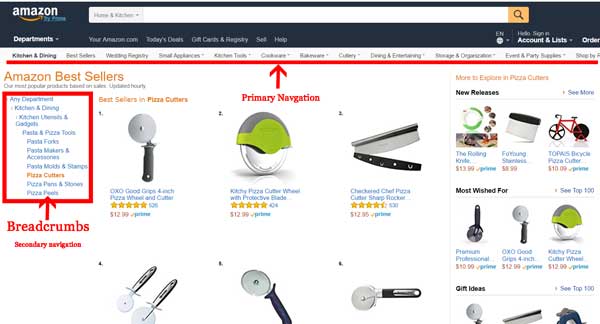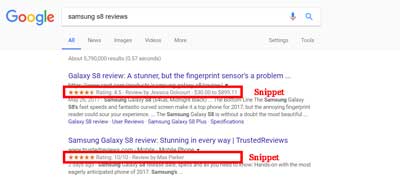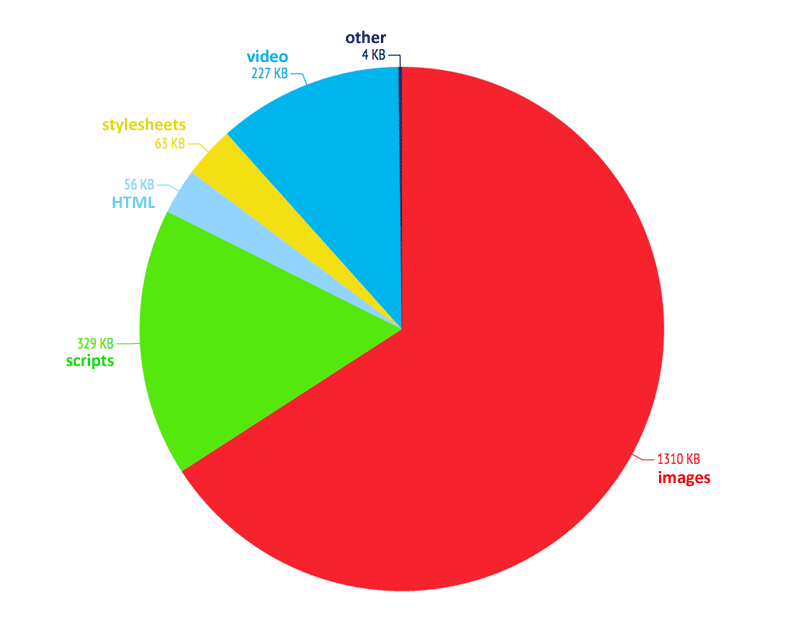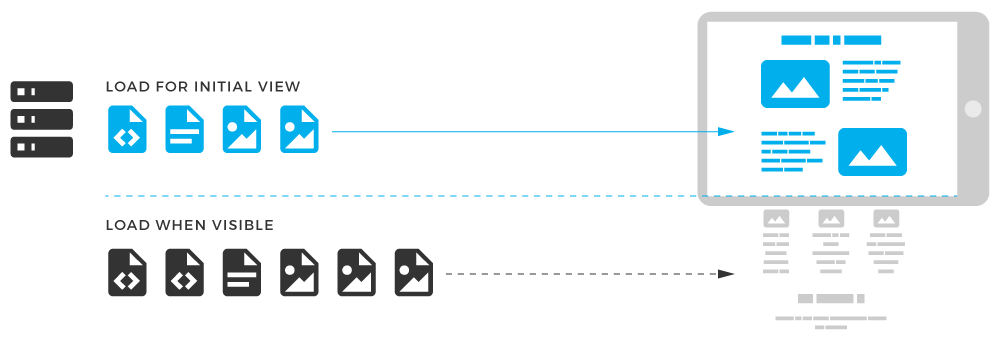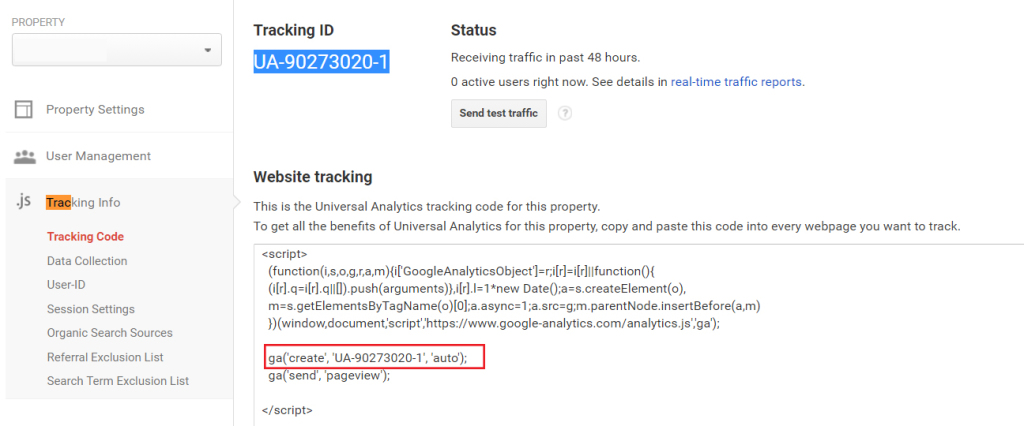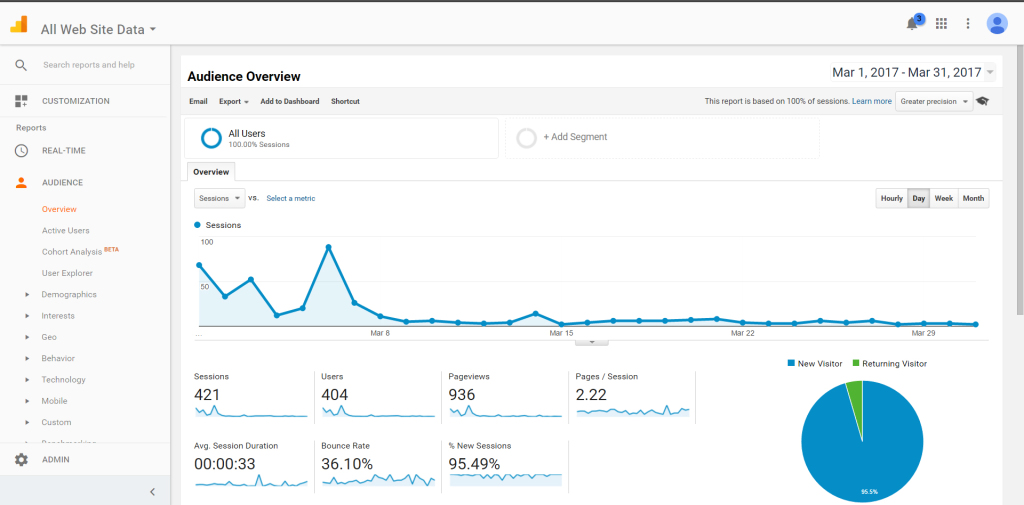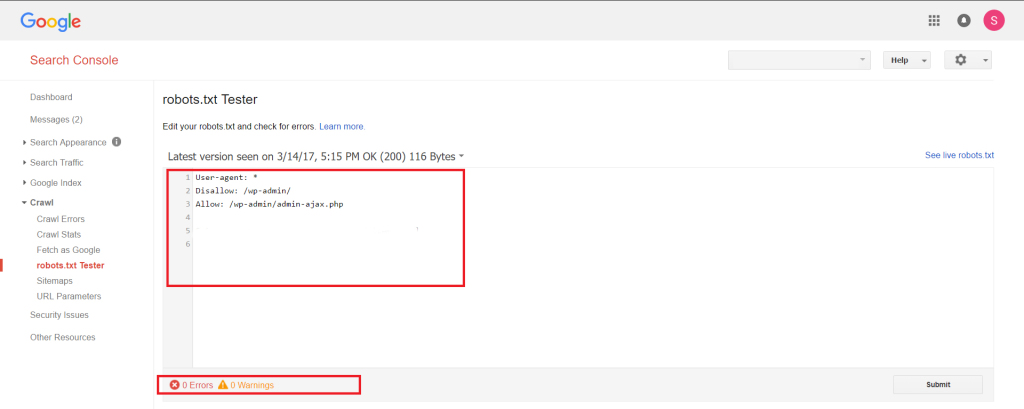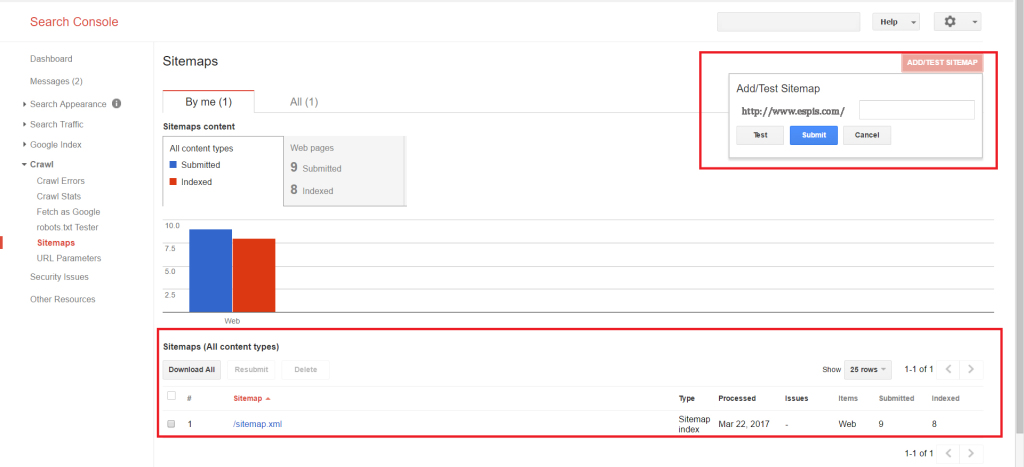
We are in 2017. It has been five years that Google launched its critical Google Panda update that heavily penalized low-quality websites filled with useless links. Google Panda not just changed the Search Engine Optimization (SEO) forever, but it also had the lasting impact on the link building part of SEO.
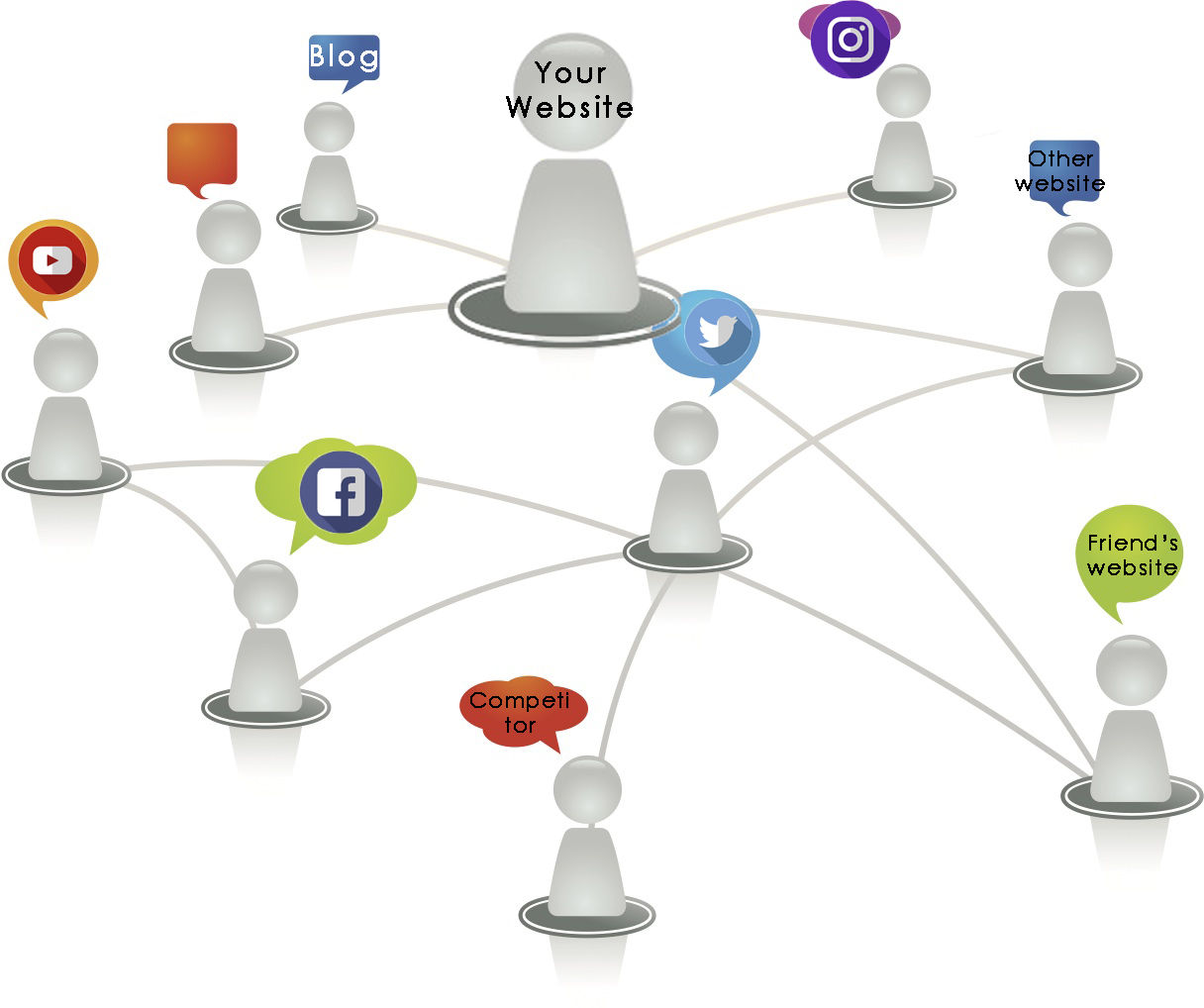
With Panda filter becoming an integral part of Google’s core ranking algorithms, Backlinking did not remain as easy as just uploading anchor text rich articles with a backlink on every other website. Such content farming websites with spam or fake backlinks saw a major throwback in ranking as Panda was rolled out. But did backlinks stop making a difference in ranking? No.
Even in 2017, inbound links make up one of the most important ranking factors, and there is an average difference of 10,000 links on the websites ranked on 1st position, and the site ranked on 10th position. It is also true for the local SEO. According to a study by Moz, the backlinks or link signal make up 29% of local search ranking factor, and link signal includes the quantity of backlink, anchor text, the authority of the linking domain, etc. So, even if you are a local SEO expert, the ranking is mainly based on the number and authority of domains pointing to your domain.

Even the Gary Illyes from Google has confirmed that “ranking without links is really really hard.”.
However, at one point the websites with too many links are penalized and at other point websites with more number of inbound links are ranked higher.
Scratching your head and wondering what to do? The backlinking has become as much about quality as much it is about quantity.
Here are the top 10 tips that can help you with acquiring quality links to improve your website’s search engine ranking and to build its authority.
-
Build Relationships, Build Links
Good relationships pay off. If you are a beginner at link building, it is time to learn it from the pros in your specific niche and start participating in niche community forums online. There are online communities of bloggers and guest posters on Facebook and other social media platforms.
By actively participating in the groups and positively contributing to the discussion in comments and posts, you can build relationship and authority. You can acquire good and valuable backlinks from these communities by mutual participation. Also, you will also stay up to date with latest industry news and can always have reliable advice from professionals.
-
Turn to Friends and Family
Do you have bloggers in your family or friend’s circle? If you do, it is time to turn to them for quality backlinks. Ask them to include a link to your domain in the content that is relevant to your niche.
But, if the website is not related to your industry or has no relevance to your products and services, such links can also take you to Google’s bad books.
-
Use Testimonials for Good Links
Companies are always looking for positive customer feedback. By writing testimonials for the companies, you can give your feedback and get a backlink to your website.
It will help businesses to build customer trust and boast about their products and services, and it will help you to acquire a quality link for your domain. For example, you are a business in New York and have partnered with a New York SEO company for digital services. When you write a testimonial for them and include a link to your website, they will be happy to publish it and link it back to you.
So, it is time to say few good words about the companies.
-
Guest Blogging
Guest blogging is a time-tested solution for acquiring backlinks. However, Google’s Panda algorithm penalized websites with spammed guest blogging links. Since then, it is believed that the guest blogging can hurt your ranking if it is not done properly. You can read about successful guest blogging techniques here.
Make sure the guest post makes an original contribution to the host website, and the article is related to your industry. A guest post written with the intention of information sharing instead of bragging about your company positively impacts ranking.
Think about the guest post as a mean to build your authority and reputation.
-
Eavesdropping on Competitor’s Backlink
One all-rounder advice from all SEO experts is to closely watch your competitor’s website. Be it keyword research, on-page optimization, or off-page optimization, if your competitor can do it, you can do it better.
Use your competitor’s knowledge and experience in backlinking to your advantage. There are online tools that can help you track your competitor’s high-quality backlinks. You can contribute your content to these websites and can request them to link your website.
-
Mend Broken Links to Website
If you have recently upgraded or re-launched a website, there are chances that there are some broken backlinks to your website. The broken links can occur due to bot’s error in crawling the wrong spelling of URL or because you have moved the page or have changed some of its information. When the broken links are clicked, they give a 404 page not found the error to the visitor.
There are online tools available to check the broken link profile of your website. You can enter the URL in the tool, and it will give you a report of all broken links. With the information of broken links, you can either rebuild the pages or redirect them to some other pages on your website.
-
Extend Broken Link Building
When you are done fixing broken links to your domain, it is time to extend the efforts to industry’s reliable and authentic website.
In this link building technique, find some of the popular websites in your industry and do some research on their broken links using the online tools. Make a list of the pages that return ‘page not found’ errors and 403 errors. If you have pages with relevant information, you can ask the webmaster to redirect those broken links to the relevant pages on your website.
You will get an authentic backlink while the other website can repair its broken link profile.
Another way of doing this is to check the broken link on Wikipedia and replace them with the relevant link to your website. Wikipedia has NoFollow links, but they pass on significant authority to your website.
-
Get Backlinks from Infographics
Visual information has become a large part of the online content. Just as the images are becoming an integral part of the web pages, the infographic is a technique to acquire quality backlinks. Many users find it easier to read and understand visual information than pure textual information and therefore, websites and webmasters accept infographics and allow you to backlink them to your website.
Another way of acquiring backlink is to conduct a reverse research in Google Images. It will help you identify the websites that have posted your infographic without linking it your domain. You can do this by adding the original image name in Google images, and it will display the relevant results.
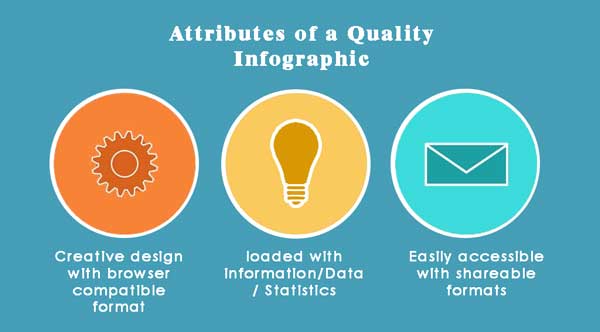
-
Use Q&A Platforms to Build Audience and Backlink Profiles
On the Q&A platforms like Quora and Answer.com, people are asking questions of varied nature. Providing information that people need is another method of link building that leverages trust and authority. Find the questions that are relevant to your niche and industry and try to answer them with relevant and comprehensive information. There is an opportunity to urge your audience to read more on the specific topics at your website.
Not only that you get a quality link that can help in improving ranking, you can also get significant traffic from that link.
-
Earn Your Links with Quality Content
Quality never disappoints. In the myriad of content that is shared on the web every day, the quality content never fails to attract users and crawler bots. Around 27 million pieces of content are shared on the internet every day. What makes your content stand out from them and earn its backlinks is the quality of content.
If your content is accessible, readable, and engaging, more people will mention it and link it back to your domain. The earned backlinks drive reputation along with traffic. So, instead of buying your backlinks, you should earn them.
Conclusion
Earning the quality backlinks that leverage authority, trust, and ranking is not the easiest thing to do. But, it is definitely one of the worthiest factors for top ranking in 2017.
Building relationship and leveraging relationship in your niche community, creating shareable and interesting content and posting it as the guest blogger, helping others with relevant information, and fixing the technicalities are some of the important tips to build your backlink profile.




